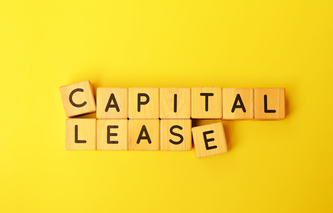Definition
The financial accounting term guaranteed residual value refers to an additional payment made by a lessee in property, cash, or both when a lease terminates. Guaranteed residual values are financial commitments made by the lessee, and factor into the calculation of the minimum lease payment.
Explanation
As part of a lease agreement, the lessee may provide the lessor with what is referred to as a guaranteed residual value. Generally, this value is an estimate of the fair market value of the leased property at the end of the agreement's term. This guarantee then becomes a financial obligation of the lessee, and can result in an additional cash payment to the lessor when the agreement terminates. If a lessee agrees to guarantee a residual value, this obligation then becomes part of the minimum lease payment.
Since the terms and conditions of lease contracts will vary, the Financial Accounting Standards Board issued FAS No. 13 - Accounting for Leases, which outlines the criteria used to determine if the agreement should be treated as a capital versus operating lease. The concept of a minimum lease payment is an important variable used in the recovery of investment test (90% test), which is used to determine if an agreement should be treated as an operating or capital lease.
Example
Company A has agreed to lease manufacturing equipment from Company XYZ over a period of ten years. As part of the lease, Company A has agreed to a guaranteed residual value of $500,000 for the equipment.
At the end of the lease, the fair market value of the equipment (property) was determined to be $200,000. Since Company A guaranteed Company XYZ a value of $500,000 as part of the lease, they need to make a final cash payment to Company XYZ of $300,000.






